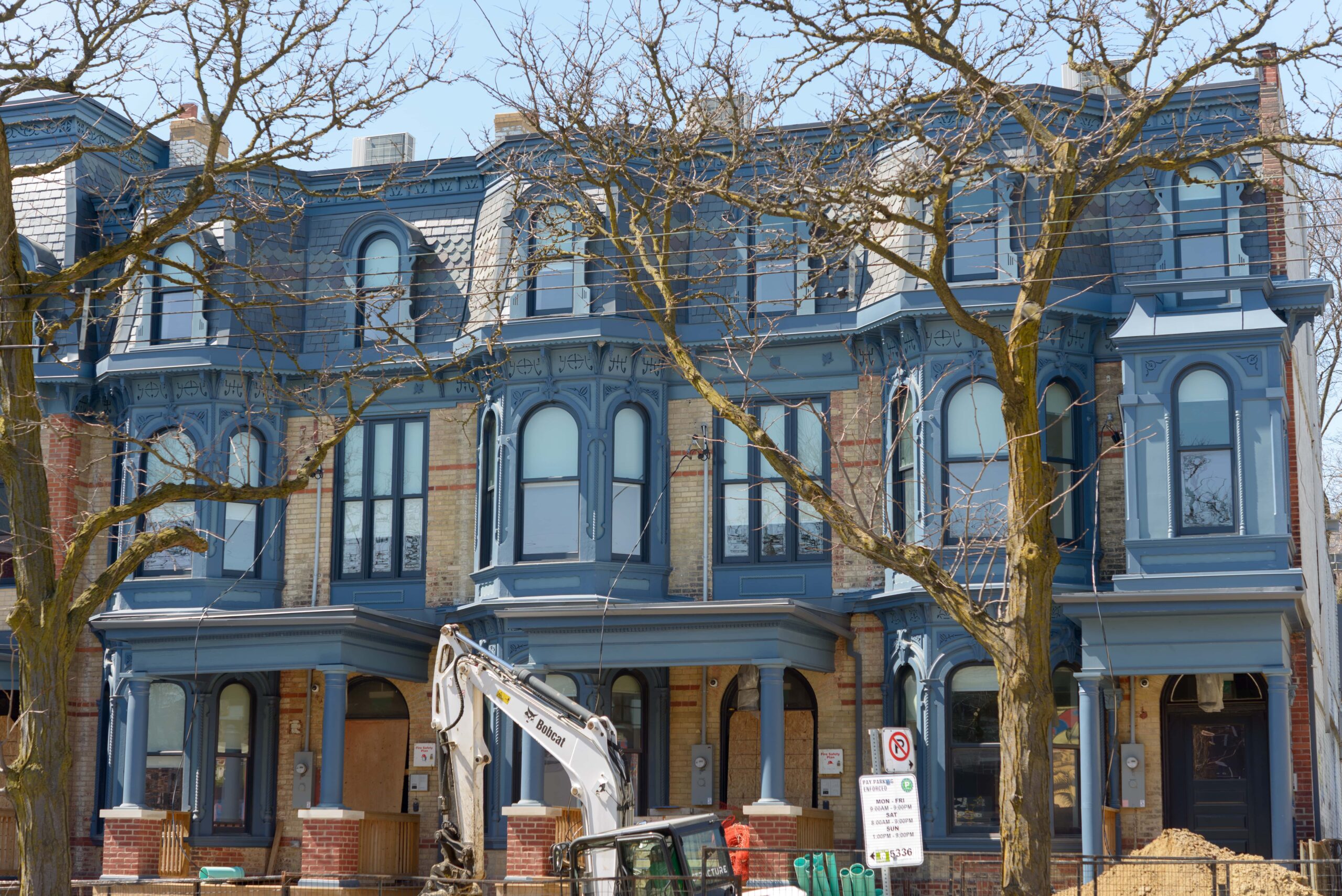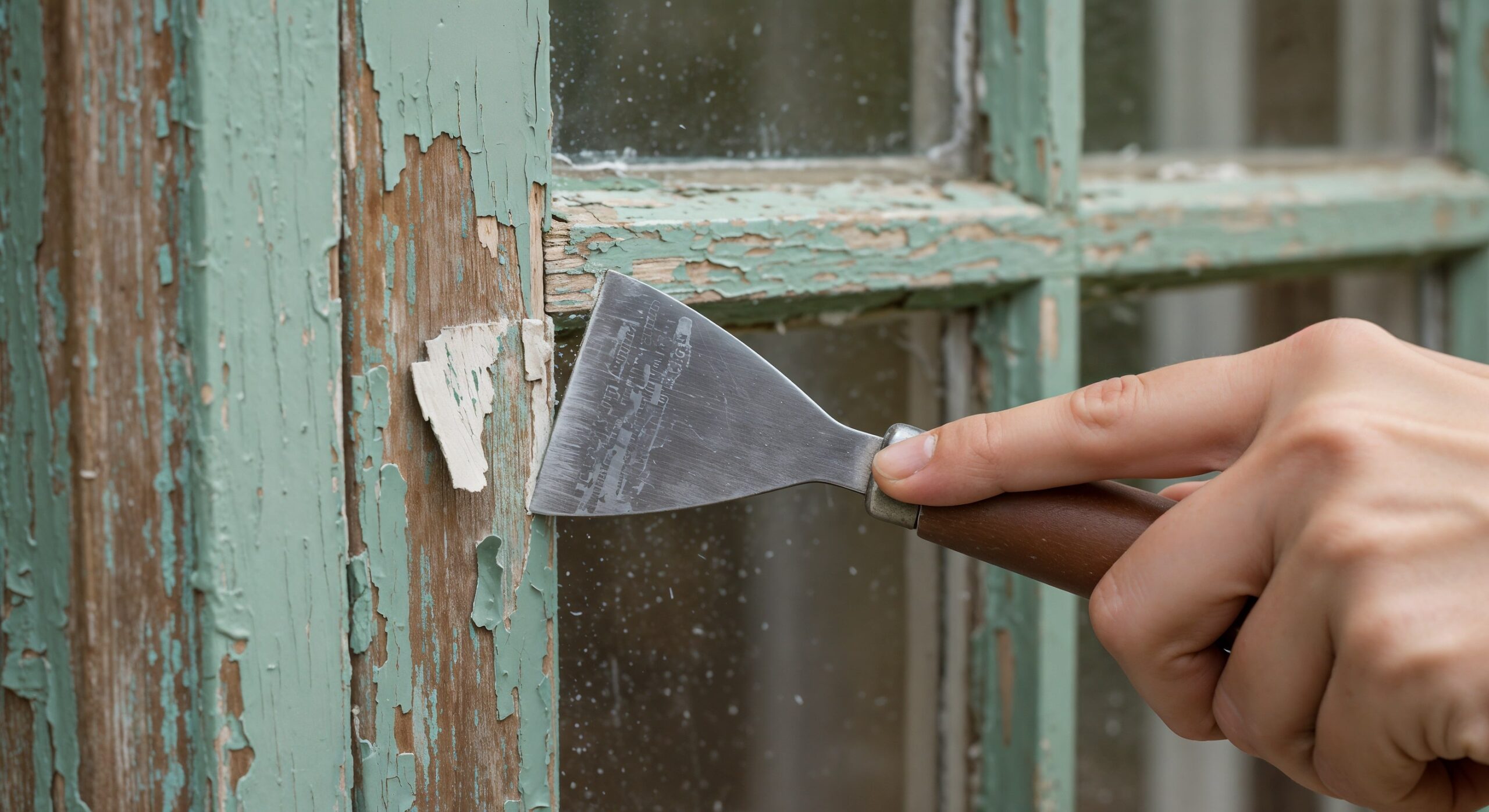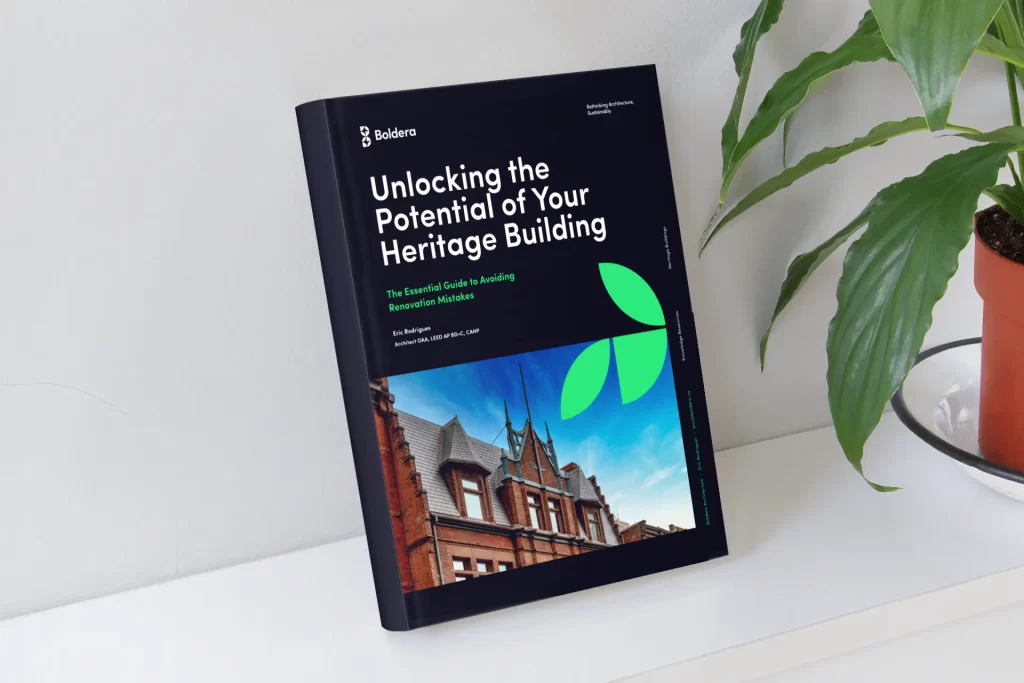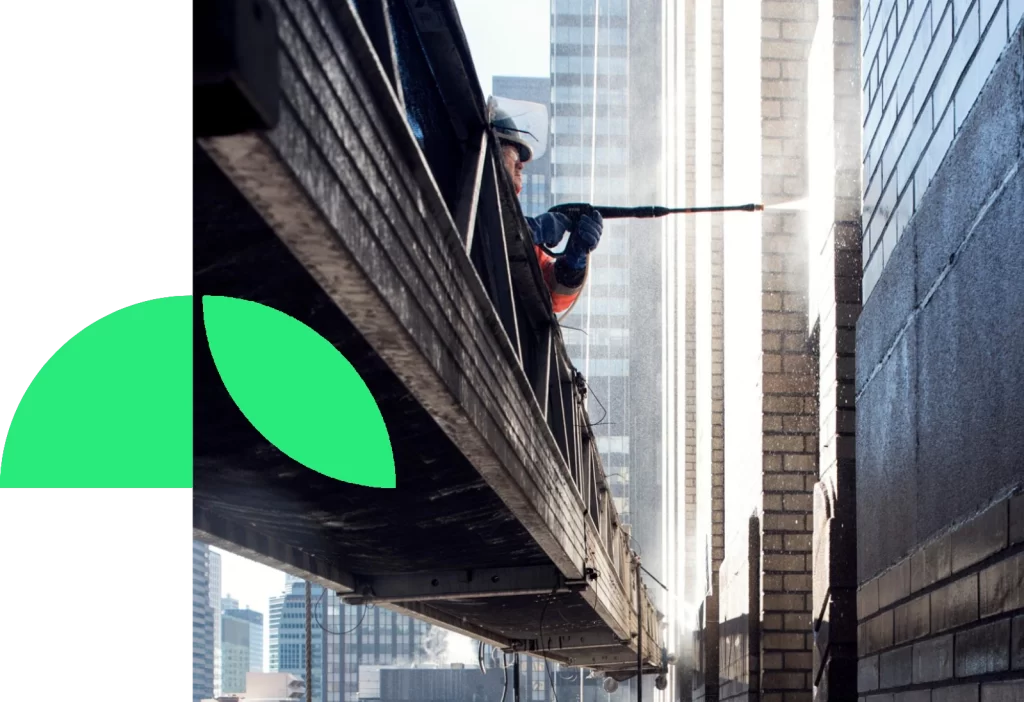Heritage Permit in Toronto: 10 Costly Mistakes That Delay Approvals
Eric Rodrigues, OAA, LEED AP BD+C, CAHP
Heritage permits in Toronto move faster when your package is complete, aligned with the HCD Plan and the federal Standards & Guidelines, and coordinated with Building Permit. Below are the 10 delays we see most often—and exactly how to avoid them.
Quick Summary:
Who needs a heritage permit? Owners of designated properties (Part IV) and properties inside HCDs (Part V) for exterior alterations, new construction, demolition, or removal. Listed (non-designated) properties generally don’t need a heritage permit, but demolition carries notice requirements.
What governs design? Your HCD Plan (if applicable) and the Standards & Guidelines for the Conservation of Historic Places in Canada—the benchmarks City Heritage staff reference.
Decision window: After the City issues a Notice of Complete Application, Council has 90 days to approve, approve with conditions, or refuse (extensions can be agreed to). Appeals go to the Ontario Land Tribunal.

Alterations to buildings that are part of a HCD (Heritage Conservation District) require a Heritage Permit.
10 Most Common Mistakes
1. Submitting an Incomplete Package
Problem: Missing drawings, vague scope, or no specs means you won’t get a “complete” stamp—your 90‑day clock never starts.
Boldera fix: Submit a tight set: existing + proposed drawings, keyed photos, materials & profiles, and any required studies (Heritage Impact Assessment / Cultural Heritage Evaluation, tree, survey).
Ask for the Notice of Complete Application in writing.
2. Confusing "Listed" with "Designated"
Problem: Filing a permit for a listed property (usually not required) or skipping a permit on a designated one (violation).
Boldera fix: Confirm status on the Heritage Register. If designated or within an HCD: permit required for exterior changes; if listed: understand notice rules.
3. Ignoring the HCD Plan
Problem: In an HCD, massing/materials/entry rhythm must be compatible. Submitting a building that fights the Plan creates slowdowns.
Boldera fix: Design to the Plan’s policies and guidelines. Keep new work contemporary but contextual—legible as new, harmonious in scale and proportion.
4. Skipping the Standards & Guidelines
Problem: Removing repairable heritage fabric, obscuring character‑defining elements, or heavy-handed “restoration” draws pushback.
Boldera fix: Reference the Standards directly: conserve heritage value, minimal intervention, reversibility, and compatible new work. Show where you meet each principle.
5. Calling a major change "maintenance"
Problem: Window/door replacements, cladding, new openings, chimney removal—these are often framed as “repairs.” If they affect attributes, they need a permit.
Boldera fix: Map heritage attributes from the designation by‑law/HCD Plan. If an alteration touches them, treat it as an alteration, not maintenance.
6. No photos, profiles, or specifications
Problem: “Like‑for‑like” without profiles, sections, species, mortar types, or finish samples leads to clarifications.
Boldera fix: Include keyed elevation photos, detail sheets (muntin/trim profiles, masonry joints), a materials schedule, and sample call‑outs.
7. Forgetting when the 90-day clock starts
Problem: Teams assume the review clock started at submission. It starts at Complete Application.
Boldera fix: Track the date on the Notice. If you sign an extension, do it purposefully—tie it to a specific revision round
8. Not coordinating with Building Permit
Problem: Building Permit drawings that don’t match the heritage set trigger re‑reviews.
Boldera fix: Freeze the heritage intent, then carry those assemblies and details into the coordinated permit set (architectural/structural/M&E). Keep elevations, sections, and specs consistent.
9. Missing policy shifts
Problem: Owners assume listed status = permanent protection, or misunderstand current timelines.
Boldera fix: Stay current on listing/designation timelines and district policies. If your project is time‑sensitive, plan submissions around policy windows.
10. No early conversations with Heritage Planning
Problem: Surprises late in process (trees, utilities, accessibility, massing) cost time.
Boldera fix: Book a pre‑app consult. Align on required studies, scope, and the best path (as‑of‑right vs. variances/CoA) before you invest in final drawings.

Repairs that impact heritage attributes, such as windows, require a heritage permit in cities like Toronto.
What a strong submission looks like (checklist)
Clear narrative tying scope to heritage attributes (designation by‑law/HCD Plan).
Drawings: existing/proposed plans, elevations, sections, call‑outs showing how fabric is conserved or replaced (with profiles/sections & reversibility notes).
Materials/specs: species, profiles, mortar, finishes, hardware—listed on a simple schedule.
Photos: keyed to elevations; detail shots of attributes to be conserved.
Coordination: heritage set matches the Building Permit set; code and energy notes consistent with envelope intent.
Process: file date stamped, Notice of Complete Application on record, realistic review/appeal path understood.
FAQ
Do I need a heritage permit for window replacement in Toronto?
If the property is designated or within an HCD and the windows are a heritage attribute, yes. If it’s only listed, the answer is usually no—but confirm before you order.
How long does a heritage permit take?
The statutory window is 90 days from the Notice of Complete Application. Complex files or agreed extensions can add time.
What’s the difference between listed and designated?
Designated properties (Part IV) and properties inside an HCD (Part V) require heritage permits for exterior alterations. Listed properties are identified for their value but aren’t designated; demolition involves notice rules.
Can I apply for Building Permit before the heritage permit?
You can prepare in parallel, but the safest path is to align both sets so Heritage approvals don’t force Building Permit revisions.
What happens if work is done without a heritage permit?
You risk stop‑work orders and costly reversal. Call a heritage architect quickly; often a remedial path can be negotiated.
Why Work with Boldera?
Engaging a specialized heritage architect like Boldera is crucial in successfully working on a heritage building. Boldera provides:
Expert Consultation: Professional advice on designing architecture that respect and enhance the heritage character.
Smooth Approval Process: Assistance with navigating the complex approval requirements, ensuring compliance with all regulations.
High-Quality Design: Expertise in creating designs that are both functional and sympathetic to the original building’s aesthetics
Conclusion
At Boldera, we are committed to true heritage conservation and adaptive reuse. Our team of experienced heritage architects and specialists is dedicated to preserving the historical integrity of buildings while meeting the needs of modern development. We believe in creative, respectful solutions that enhance the urban landscape and honor the past. Partner with Boldera to ensure your heritage project is successful and meaningful. Contact us today to learn more about how we can help you achieve your vision.
I hope this article has helped you with your planning. If you have questions, book a free 30-minutes Discovery Session with Boldera Architecture. This will unlock the full potential of your project and help you develop a quick action plan. My goal is to help you develop successful projects.






